Better Late Than Never
Top 10 Best Belated Video Game Localizations!
Many of the most influential video game companies are based in Japan, and a lot of games are tailor-made for a Japanese audience. It takes a lot of resources to translate these games into English, of course, and publishers are not always willing to spend the time or money to localize their games for the English-speaking world. It takes minimal effort to localize simple platformers, but text-heavy RPGs are obviously more complicated. Many genres that were popular in Japan were considered niche in the West, so a lot of great games were never translated. The gaming world is constantly evolving, however, and it’s sometimes worthwhile for a publisher to localize a game several years (or even decades) after its initial release. This countdown highlights games that took forever to be translated. We’re only looking for “official” translations and we’ll try to focus on the original versions rather than enhanced remakes. The games don’t necessarily have to be straight-up ROM dumps, but they have to be reasonable facsimiles of the original version. If a game could be described as a proper remake rather than a port, it won’t be eligible for this list. (That could include the various Final Fantasy or Dragon Quest remakes on the Nintendo DS, or the more recent Romancing SaGa 3 remaster.) In any regard, the games on this list prove that patience is a virtue.
Please note that the games on this countdown are ranked in accordance to how long it took for them to be localized. The list order is not an indication of quality.
10
Castlevania: Rondo of Blood
1993 (Japanese) – 2007 (English)
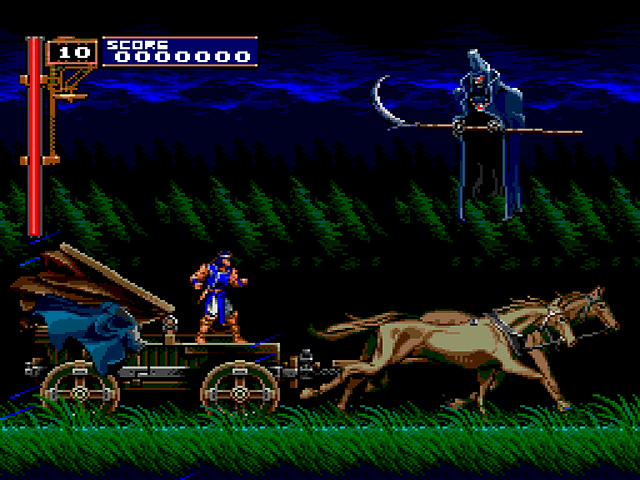
Although I didn’t have a TurboGrafx-CD (or a TurboDuo) growing up, I was hyped up for Rondo of Blood in 1993. Castlevania was one of my favorite franchises, and the gaming magazines were hailing Rondo of Blood as the best game in the series. Electronic Gaming Monthly even created an award for “Best Japanese Action Game” in their annual Buyer’s Guide just so they could shine a brighter spotlight on it. Although Konami decided not to localize Rondo of Blood for the TurboGrafx-CD, they did release a similar game for the Super NES called Castlevania: Dracula X. Although this game had a comparable plot to Rondo of Blood, it can’t really be considered a port since the level designs were completely different. Rondo of Blood was one of those games that seemed destined to stay in Japan, but our prayers were answered when Konami released Castlevania: The Dracula X Chronicles for the PSP in 2007. This was a “2.5D” enhanced remake that featured new polygonal graphics, but the original PC-CD version was also included as an unlockable bonus. All of the text was translated, and they even brought in English voice actors! Rondo of Blood was later released on the Wii’s Virtual Console in 2010, and it was also included on the TurboGrafx-16 Mini in 2020. These versions were only playable in Japanese, however, so you had to track down Castlevania: The Dracula X Chronicles if you wanted to play the game in English. In 2021, Limited Run Games did the unthinkable when they announced that they would be releasing an English version of the game for the TurboGrafx-CD!
9
Metal Gear 2: Solid Snake
1990 (Japanese) – 2006 (English)
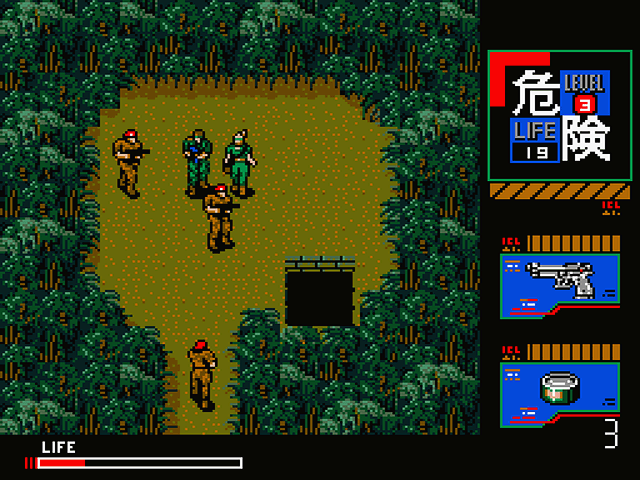
Snake’s Revenge was a stand-alone sequel to Metal Gear that was originally released on the NES in 1990. The game featured stealth-based play mechanics like its predecessor, but it added side-scrolling sections in addition to the standard top-down areas. Series creator Hideo Kojima was not involved in the game’s production, but he went on to make his own sequel on the MSX2. While Snake’s Revenge was created specifically for the western market, Metal Gear 2: Solid Snake served as the sequel in Japan. The game expanded upon the 1987 original, and the stealth-based gameplay was more refined. You could now distract guards by making noises, for instance, and the engine was so sophisticated that enemies could change their field of vision by simply turning their heads. Many features from Metal Gear Solid that were considered revolutionary in 1998 had already been implemented in Metal Gear 2 eight years earlier! Since the MSX2 didn’t have much of a following in the West, Metal Gear 2 wasn’t given an official English translation until 2006. Metal Gear had become a worldwide phenomenon by that point, so there was a renewed interest in the older titles. After 16 years of waiting, a proper English version of Metal Gear 2 was released on the PlayStation 2 as part of Metal Gear Solid 3: Subsistence. This is still one of the coolest bonuses in gaming history.
8
Monster World IV
1994 (Japanese) – 2012 (English)
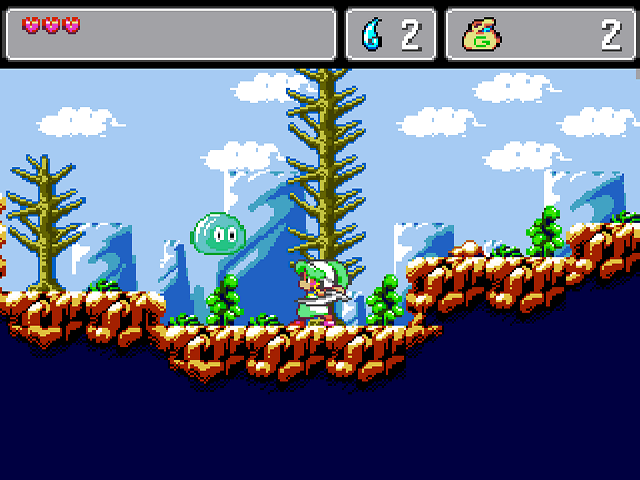
Monster World was one of Sega’s most important franchises during the 8-bit era, but the series was put on the back burner after the Genesis launched. Although there were still new games being released during this time, Sega was more focused on new franchises like Sonic the Hedgehog. Wonder Boy in Monster World was met with little fanfare when it was released in 1991, and Monster World IV was a Japanese exclusive just a few years later. Like its predecessors, the game offers a mix of action, platforming, and RPG elements. The swordplay has surprising depth compared to earlier entries in the series, however, and Wonder Boy is replaced by a charismatic heroine that could be likened to Shantae. Asha is a young woman who embarks on a journey to find missing spirits. Along the way, she joins forces with a small flying monster named Pepelogoo who can shield her from danger, bring her back to life, or vastly improve her jumping abilities. She meets a lot of interesting characters during her journey – including a disgruntled genie – and it’s one of those games that you couldn’t fully enjoy without being able to understand the text. The game arrived fairly late into the Genesis’ lifecycle, so Sega apparently felt it wasn’t worth localizing. Thankfully, they had a change of heart 16 years later. In 2012, and English version of the game was released in North America and Europe for the Wii’s Virtual Console. Xbox Live Arcade and PlayStation Network versions followed shortly thereafter, and the game is no longer the hidden gem that it once was. Monster World IV was included on the Sega Genesis Mini in 2019, and the game was even given an enhanced remake in 2021.
7
Moon: Remix RPG Adventure
1997 (Japanese) – 2020 (English)
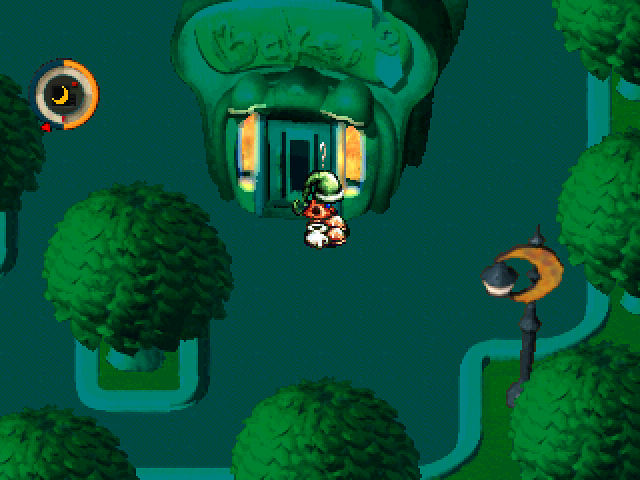
Moon: Remix RPG Adventure was developed by Love-de-Lic and published by ASCII Entertainment in 1997. It was one of the most inventive RPGs of its era, but it might be more accurate to describe it as an anti-RPG. The game is set in a world where a so-called hero has wreaked havoc by looting homes and killing countless creatures. You assume the role of a supporting character trying to undo the damage that “the hero” has caused. Moon broke convention at every turn, and it was an effective deconstruction of the RPG genre. Toby Fox cited Moon as a major inspiration for Undertale, and he encouraged the game’s designer to localize Moon more than two decades after its original release. Moon was prominently featured at ASCII’s E3 booth in 1997, and the game was slated for release the following year. Unfortunately, the localization plans were cancelled, and the game fell into relative obscurity. (Even the fan translations were abandoned before they were completed.) I can understand why the translation efforts failed. The characters in the game have distinct personality quirks and implied accents that aren’t easy to contextualize, and it would have been a shame for anything to have been lost in translation. When Onion Games localized the game on the Switch in 2020, they kept the satirical slant in place.
6
Trials of Mana
1995 (Japanese) – 2019 (English)
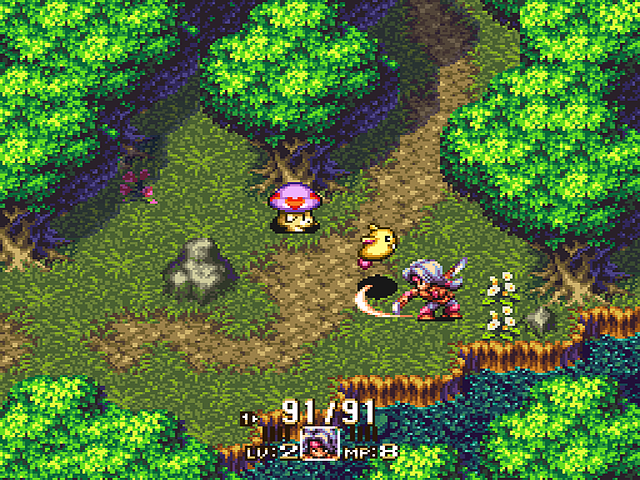
Secret of Mana was a big hit for Squaresoft in 1993, and its Game Boy predecessor (released as Final Fantasy Adventure in the West) had also been met with open arms. Sadly, Squaresoft kept the third entry in the series confined to Japanese shores. This decision infuriated me at the time, since I adored Secret of Mana. The Zelda-inspired adventure game featured a massive world, compelling characters, and one of the best soundtracks of its generation. I couldn’t wait to get my hands on the sequel, and I can’t tell you how much time I spent analyzing all of the screenshots that were published in Diehard GameFan. I don’t think the game lived up to its potential, but everything about the game sounded incredible at the time. There were now six main characters to choose from instead of just three, a new class system would provide a variety of skill sets to experiment with, and there was even a time progression system with proper day-night cycles. It also featured some of the best pixel art I’d ever seen. The SNES was entering its twilight years by 1995, so Squaresoft decided it wouldn’t be worth the effort to localize their ambitious game. When Seiken Densetsu Collection was announced for the Nintendo Switch in 2017, I didn’t even consider the possibility of it being released outside of Japan. It had been 22 years by that point, after all. After I had already given up hope, Square Enix decided to localize the Collection of Mana compilation for western audiences. Seiken Densetsu 3 was renamed Trials of Mana, but it was otherwise the same game that had eluded us for so long. Although it was followed by an enhanced 3D remake in 2020, it was still cool to have the original version in all its glory.
5
EarthBound Beginnings
1989 (Japanese) – 2015 (English)
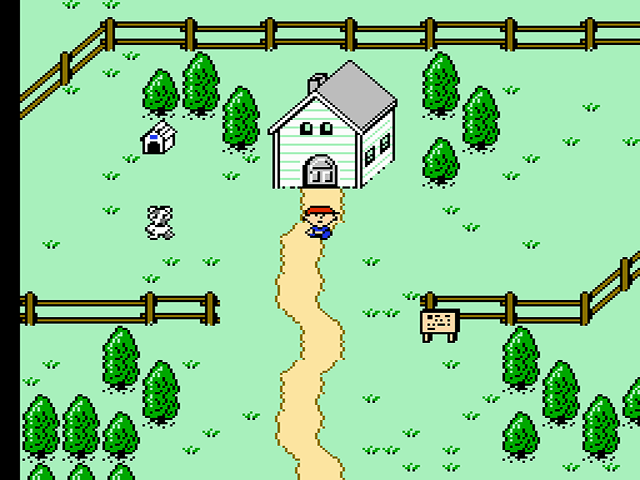
Mother was a quirky RPG that was released for the Famicom in 1989. Unlike most games in the genre – which typically relied on high fantasy or science fiction tropes – Mother had a contemporary setting base on American suburbs. Nintendo went to great lengths to popularize RPGs in the West, and they even took it upon themselves to publish the first Dragon Quest and Final Fantasy games. Ironically, their own IP was left on the shelf for over 25 years! Mother was slated for release in North America in 1991, and the localization work was actually completed. The script was translated into English, the controls were refined, and characters were renamed to appeal to American audiences. A lot of the content was also censored in accordance to Nintendo of America’s guidelines, and references to drugs, religion, and sex were removed from the game. By all accounts, the game was ready for release. It was advertised in the pages of Nintendo Power, and it was going to be packaged with an 80-page strategy guide. Incidentally, Nintendo decided that Mother wouldn’t be commercially viable in the West, so they abruptly cancelled the project in 1991 after they localization work had already been completed. Mother 2 was later released in North America under the guise of EarthBound, but its Famicom predecessor was shelved indefinitely. In 1998, the finished prototype circulated the Internet under the named EarthBound Zero, but Nintendo wasn’t interested in releasing an official version in any capacity. When the game was re-released in Japan in 2003 as part of the Mother 1+2 collection for the Game Boy Advance, Nintendo once again decided not to localize the game. Fans never lost their passion for the series, so Nintendo finally decided to release the game (under the name EarthBound Beginnings) for the Wii U Virtual Console in 2015. It only took them 26 years! If this pattern holds true, we can expect to see an official Mother 3 release by 2032!
4
Radical Dreamers
1996 (Japanese) – 2022 (English)
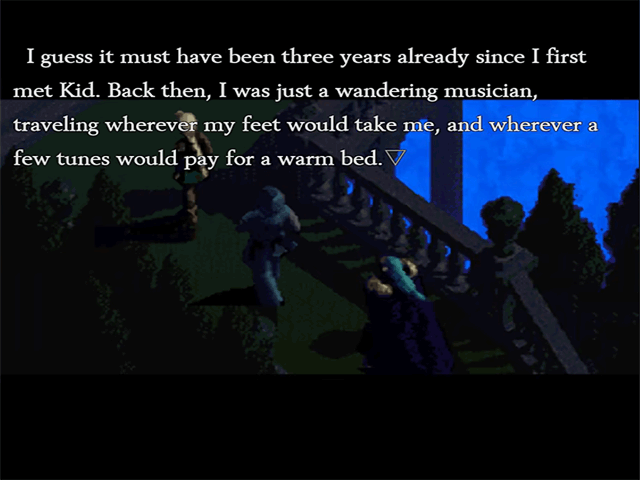
Radical Dreamers is an illustrated visual novel that acts as a side story to Chrono Trigger. We discussed the game on our lists of most obscure spinoffs, but I never imagined that I’d have a reason to talk about it on this particular countdown. There are many reasons why a localized version of Radical Dreamers was unlikely. American audiences weren’t exactly clamoring for text-heavy visual novels in 1996, after all, and Western coverage was virtually non-existent. The game’s initial userbase was also limited, since it was released exclusively for the Super Famicom’s Sattelaview system. The game was written and directed by Masato Kato – who also wrote Chrono Trigger – and he was so dissatisfied by the project that he stopped Square from porting it to the PS1 in 2001. Some of the characters and plot elements were re-used in Chrono Cross, however, so not all was lost. This made a localized version seem even more unlikely, since the events of Chrono Cross were irreconcilable with the events of Radical Dreamers. The game was essentially lost to the annuls of time before Square Enix plucked it out of obscurity in 2022 and bundled it with the highly anticipated Chrono Cross re-master. Although fan-made translation patches had been circulating the net for decades, this marked the first time Radical Dreamers was officially released in English.
3
River City Girls Zero
1994 (Japanese) – 2022 (English)
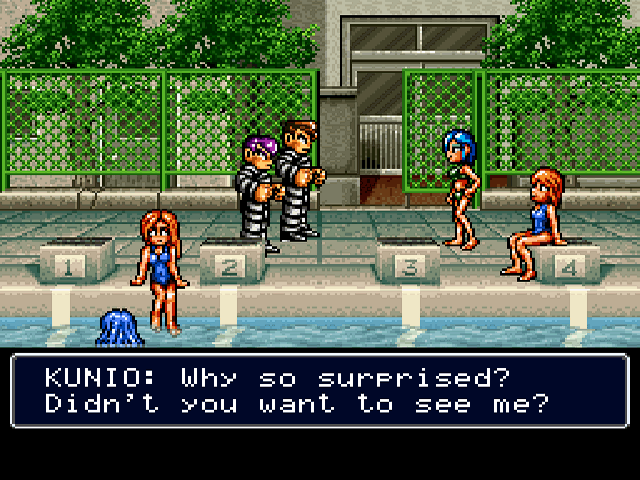
River City Ransom ranks among the best NES games of all time, but its 16-bit follow-ups were all confined to Japanese shores. (In fact, none of the Super Famicom Kunio-kun titles released in the West!) Released in 1994, Shin Nekketsu Koha: Kunio-tachi no Bank was more dramatic than River City Ransom and used realistically proportioned character designs in lieu of the “super deformed” style. Although the game largely ignored the events of River City Ransom, it put the spotlight on the same two juvenile high school students. This time around Kunio and Riki were joined by their girlfriends, Misako and Kyoko. Shin Nekketsu Koha served as the inspiration for River City Girls in 2019, and WayForward decided to focus on the girlfriends this time around. Since Shin Nekketsu Koha was so obscure, many fans assumed that Misako and Kyoko were brand new characters that were created specifically for the game. WayForward decided to set the record straight in 2022 by releasing the game in English for the first time! The game was rebranded as River City Girls Zero and featured a new animated intro and a handful of additional cutscenes. WayForward also re-wrote the script so it would more closely align with how the characters spoke in River City Girls. To their credit, they decided to give players the option of a literal translation that would more closely match the original version. This “best of both worlds” approach allowed WayForward to respect the source material without compromising their own vision for the series. In an era where self-important localizers are champing at the bit to “fix” Japanese video games, WayForward saw value in letting us play the game as it was originally intended. Very cool, Kanye!
2
Downtown Nekketsu March Super-Awesome Field Day!
1990 (Japanese) – 2020 (English)
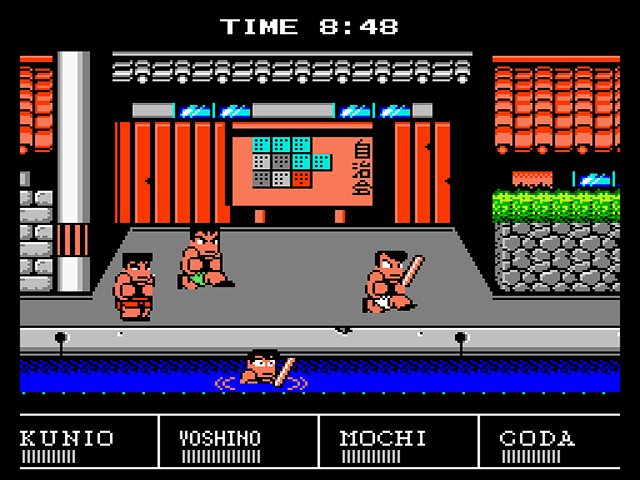
River City Ransom was recognized on this website as one of the best NES games of all time, so I can’t adequately express how disappointed I was when its immediate follow-up was left in Japan. Downtown Nekketsu March Super-Awesome Field Day! looks similar to its predecessor and uses some of the same play mechanics, but it falls into an entirely different genre. While most beat ’em ups task players with fighting off endless waves of enemies, Downtown Nekketsu March pits players against each other in an elaborate track meet. The game lets up to four people play simultaneously, which was rare for a Famicom game. As players compete against each other in a range of exciting events, they’re basically free to use any means necessary in order to win. You can use everything from bombs to bowling balls to gain the upper-hand, and you’d be surprised how much of an advantage a pair of brass knuckles can give you in a foot race. During the game, you’ll jump from rooftops, swim through sewers, and beat the shit out of anyone that gets in your way. Whether you’re engaged in an obstacle course or competing in a four-person battle royale, the action never ceases. In Japan, Downtown Nekketsu March is arguably the most popular game in the entire Kunio-kun pantheon. The game was ported to various platforms and inspired a number of sequels, but Technos decided it wasn’t worth translating into English. In 2015, Western audiences were finally given a chance to play the game when it launched on the PlayStation 3’s digital storefront. It would take another six years before the original version was given an English release, however. In 2020 – nearly 30 years after the game’s release – an English version of Downtown Nekketsu March Super-Awesome Field Day! was included on the Double Dragon & Kunio-kun: Retro Brawler Bundle for the Nintendo Switch.
1
Fire Emblem: Shadow Dragon and the Blade of Light
1990 (Japanese) – 2020 (English)
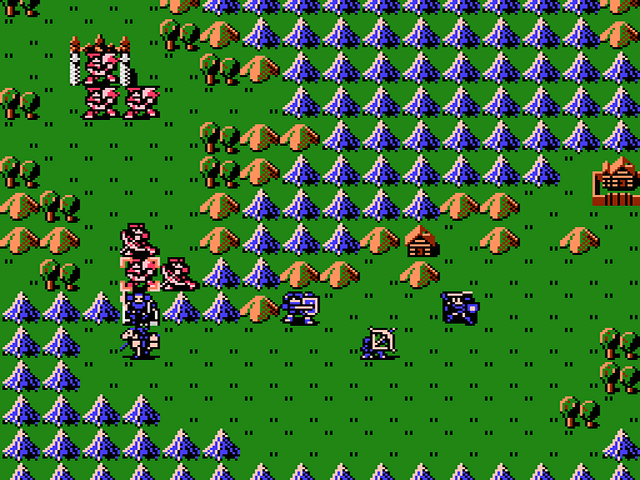
Fire Emblem: Shadow Dragon and the Blade of Light was a tactical RPG co-developed by Intelligent Systems and Nintendo. It spent three years in development before it was released in 1990, and the scope of the game was much larger than most Famicom titles. Although the project was ambitious, the initial sales were lackluster. It would have cost a fortune to translate the game into English, so it’s understandable why Nintendo decided not to release it worldwide. The series eventually built a following, but Fire Emblem was virtually unknown in the West before Marth and Roy were featured on the Super Smash Bros. Melee roster in 2001. By that point, there had already been six games in the series! Fire Emblem is now one of Nintendo’s most successful franchises, and the audience has grown beyond the point of a cult following. Fire Emblem: Three Houses on the Switch became the best-selling game in franchise history in 2019, and Fire Emblem Heroes has raked in nearly a billion dollars on mobile devices since 2017. The fanbase has been steadily growing for decades, so it was a nice gesture for Nintendo to take us back to the past. More than 30 years after its initial release, the first Fire Emblem was released on the Nintendo Switch. This version featured some quality-of-life improvements (like fast-forwarding and the ability to create suspend points) but it was otherwise the same game that NES owners had missed out on three decades earlier.

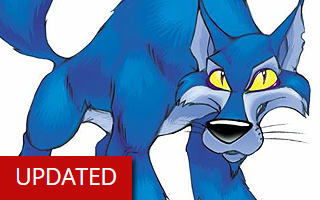
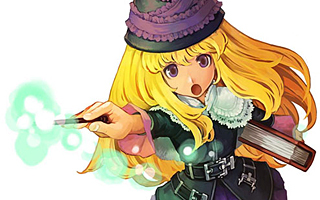
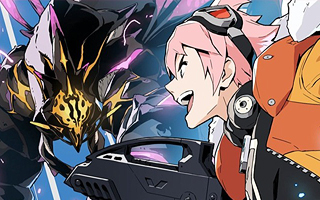
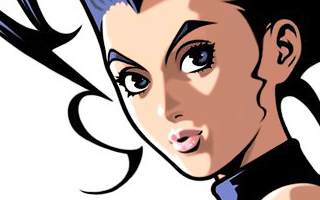
Do you agree with this list? Let us know what you think by leaving a comment below. Your opinion matters!